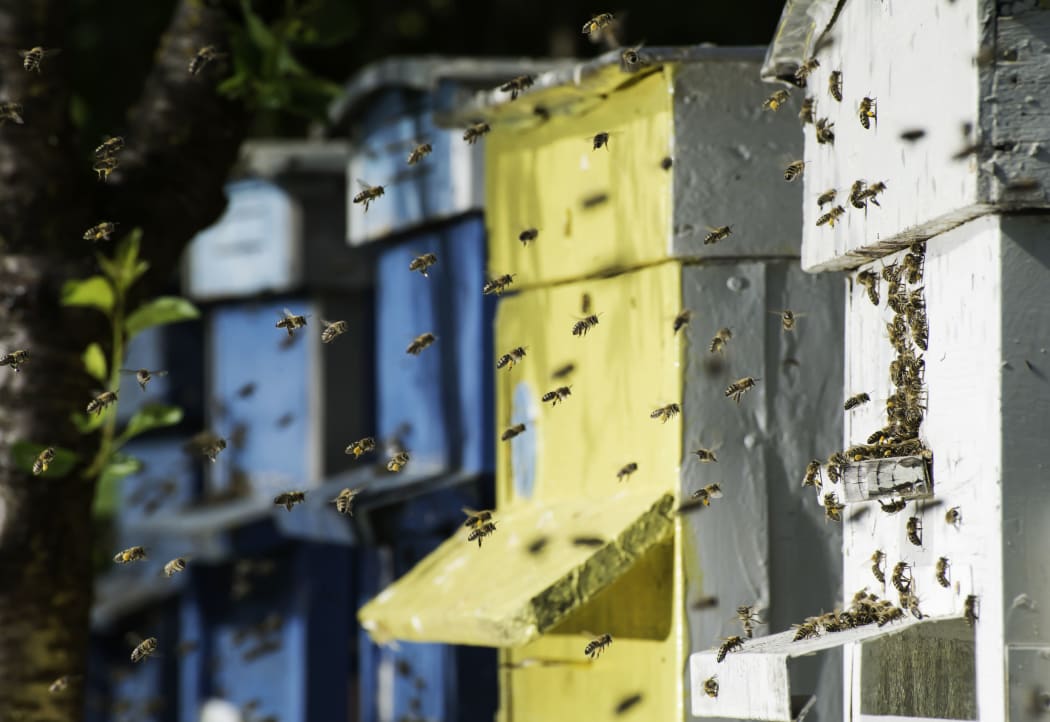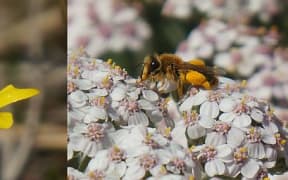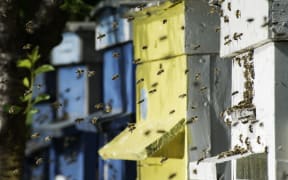More than 500,000 bees are to make Christchurch's red zone their home as part of efforts to grow the endangered species and make use of the land.

Each of the hives can house up to 60,000 bees. Photo: 123RF
Land Information New Zealand (LINZ) has allowed a local beekeeper Simon Phillips to set up 10 beehives in the red zone in the suburb of Dallington.
Each hive can house up to 60,000 bees. If the year-long trial is successful, more hives will likely be added in more locations.
Mr Phillips - who runs Gold Fern Honey - said the red zone was an ideal location for beekeeping.
"It's in the heart of the city ... there's all that space right there that isn't really being used for a lot right now."
The hives took up very little space and had been set up "away from the public eye", he said.
The land was also full of fruit trees which would sustain the bees, he said.
Mr Phillips said the dwindling number of honey bees was a worldwide problem.
"It's important to have strong bee stock so when the time comes ... there are bees available to pollinate plants".
LINZ Canterbury recovery group spokesperson Jeremy Barr said the project team had carried out a long search for appropriate and safe locations for the hives.
"It is only a small first step, but with this trial LINZ wants to do its bit to protect and grow the local bee population."
The hives would be well sign-posted and fenced off, Mr Barr said.
"We are trying to keep them out of sight of the public and places with no traffic and little pedestrian traffic."
Large patches of Christchurch were classified as "residential red zone" and declared unsuitable for building after the 2011 earthquakes.
LINZ is responsible for day-to-day maintenance of the land and assessing requests for its use.





